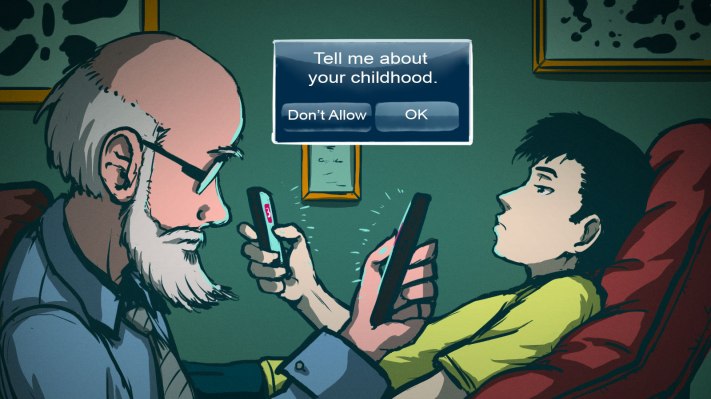Digital therapy is the new frontier of health innovation — and the tech world has taken notice. Myriad apps promise to make you happier, more mindful, less anxious — you name it.
But, do they work?
Recently, psychotherapist and statistician Irene Gorodyansky was highly critical of the digital therapy space. She called out some new (and not-so-new) entrants for exaggerated claims of effectiveness, and argues that digital self-help is neither efficient nor compelling.
Many of the programs, such as Happify and Personal Zen, may be flawed — but the issues presented are not inherent to the digital format. The real issue lies in the concept of a quick fix, because online or off, quick fixes — like crash approaches to diet and exercise — don’t work, and don’t produce lasting results, because they don’t have the capability to support the development of new habits and behavioral changes, which are proven to take time and commitment.
There’s no replacement for one-on-one therapy when someone is suffering from a diagnosed mental health disorder. But when it comes to coping with day-to-day challenges with clarity and composure, self-help software and apps can play an important role in helping people, and can do so in a far more accessible, scalable and affordable way than conventional therapy and coaching models.
Digital solutions aren’t time-trapped; they can be accessed at any hour, without the need to set and travel to an appointment. In addition to being inexpensive, digital solutions are both trackable and measurable. These qualities make digital self-help available and appealing to a large population.
And there’s a high level of need. Fewer than half the Americans who need mental health care receive it — totaling more than 20 million people. Cost is cited as the biggest barrier to receiving care. In addition, nearly half of Americans feel more stressed than they did five years ago, yet only three percent take advantage of on-site coaching or employee assistance programs paid for by their employers. But 64 percent of Americans own a smartphone — a percentage that has doubled in the last four years and will continue to rise. Digital self-help can be a powerful first line of defense.
The key to success is to deliver the technology in a way that is based on sound science and makes real change possible. The issue among some entrants in the increasingly crowded space is that they target the symptoms or manifestations of a problem, not the root cause.
Lasting change requires more than a crash-diet approach.
As a psychologist, I believe the best approach emphasizes the need for long-term commitment on the part of the user and offers support and tools to facilitate habit change and incremental progress. Others in the space, such as Headspace and Sleepio, take a similar approach. Lasting change requires more than a crash-diet approach. It requires self-awareness, a structure for developing new habits and consistent support.
A consumer-friendly, digitally delivered approach to cognitive behavioral therapy (CBT) that incorporates these key criteria can support lasting change and emotional well-being. Through years of research it has become clear that CBT can get to the root cause of our stress: the habits we all develop in how we think, our thinking styles, which drive the bulk of our stress.
Some apps in this space are fun, but only make you better at the game. Others may work, but users lose interest and so the long-term connection with the user, necessary for sustained change, is lost. The successful apps will lie at the intersection of root-cause change, solid science and user engagement.
When examining the effectiveness of these digital wellness applications, it is important to focus on whether or not the product is positioned as a quick fix or a tool that will facilitate long-term change through a personalized, whole-person approach.
For these programs to work, you must work the program. So let’s not set people up to fail by setting the expectation that managing our stress and emotional health is anything short of an ongoing regimen of self-awareness and structure. Let’s leverage technology to make this easier, more accessible and more measurable.
